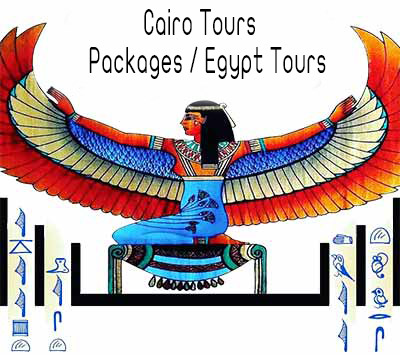Located about 2.5 hours by car north of Luxor, Abydos was one of the most important religious sites to ancient Egyptians. Much like modern Muslims hope to complete a pilgrimage to Mecca at least once in their lifetime, ancient Egyptians would have hopes to visit Abydos, which for them was strongly associated with the entrance into the afterlife.
Although there were several temples constructed here, the largest and most significant is known as the Temple of Seti I. Seti I was the father of the great Ramesses II, who actually completed the construction of most of the temple after his father’s death.
Coming to power only 30 years after the upheaval associated with Akhenaten’s heretical rule, known as the Amarna Period, Seti I was concerned with reestablishing faith in the pantheon of Pre-Amarna gods that Akhenaten had sought to destroy.
As a result, the temple he built contains small chapels dedicated to each of the major gods: Ptah, Re-Harakhte, Amun-Re, Osiris, Isis, Horus, and also one to Seti himself.
The Temple Of Abydos:
The Temple Of Abydos or The Temple of Seti I is located in Abydos, the 8th province in ancient Egypt. The area is considered to be amongst the most famous archaeological sites in the wortld. In ancient times it was called Abdu, and the Greeks called it Abydos.
A burial in Abydos was the ultimate honor for any local. Abydos is home to many tombs belonging to the 1st and 2nd Dynasties. Also, many Kings built temples here, including King Pepi I, King Ahmose I, King Seti I and King Ramses II. Ancient Egyptians believed that the tomb of Osiris, the “God of the Dead, and the Underworld” was located in Abydos, and it is where his head was buried.
The Temple of Seti I:
This temple was built during the reign of King Seti I and was finished by the following two generations, his son and grandson: Ramses II and Mern-Ptah.
This temple has a unique design in the shape of an upside-down “L”. It also contains the most complete list of Kings and Gods in Egypt. The Temple contains 7 shrines dedicated to 7 Gods: Osiris, Isis, Horus, Amon Ra, Ra Hor Akhty and Ptah, and Seti I as a deified King. In this temple you can also find the most well-preserved painted reliefs and texts from the 18th Dynasty.
The Temple of Abydos was constructed with white marble and once had a large pylon built by Ramses II. Its layout was as follows:
The front of the temple is a square-columned facade with 12 rectangular pillars adorned with decorations of Ramses II welcoming the Gods Osiris, Isis and Horus. The temple originally had 7 gates leading to 7 shrines constructed by Seti I, but Ramses II made additional parts to the construction, and there is only one gate open now.
This gate leads to a hypostyle hall, which was built and decorated by King Ramses II. The columns here are decorated with papyrus-bud capitals. There are many representations of Ramses II offering too many Gods.
Further west you will find a second even more impressive hypostyle hall! Seti II built this hall, the walls depicting Seti I giving offerings, to Osiris and Horus, in front of Osiris shrine. The decorations in this hall are the best in the temple and the finely painted wall is of amazing quality.
Behind the hall are 7 sanctuaries dedicated by Seti I, and made for Osiris, Isis, Horus, Amon Ra, Ra HorAkhty, Ptah, and Seti I as a deified King. It is believed that these shrines once contained the sacred boats of the God's. Each of them has false doors (except for Osiris) with a Stella mentioning the God. The shrine of Osiris doesn't have a false door; it has representations of the God Osiris’ Jed sign (the pillar of Osiris), with scenes of the Osiris myth.
To the left of the 2nd hypostyle hall are two entrances. One leads to the hall of Sokker and Nefertum, while the other leads to a narrow decorated hall, with a list of 76 Kings. Missing from this list are the names of the “Heretic King”, Akhenaton, and Queen Hatshepsut
This corridor leads to the hall of sacred boats, where the sacred boats where stored. There was also a hall for sacrifices, where animals got slaughtered in sacred rituals.


